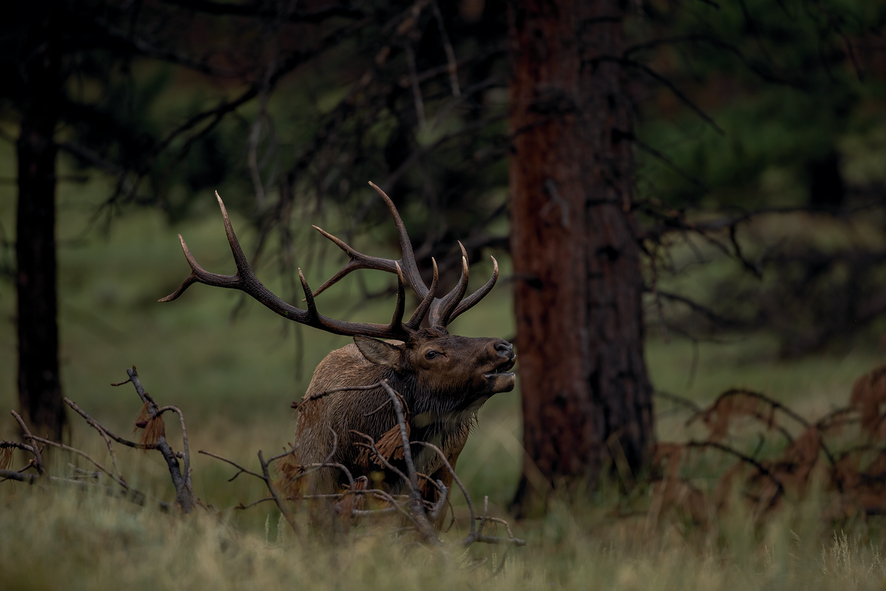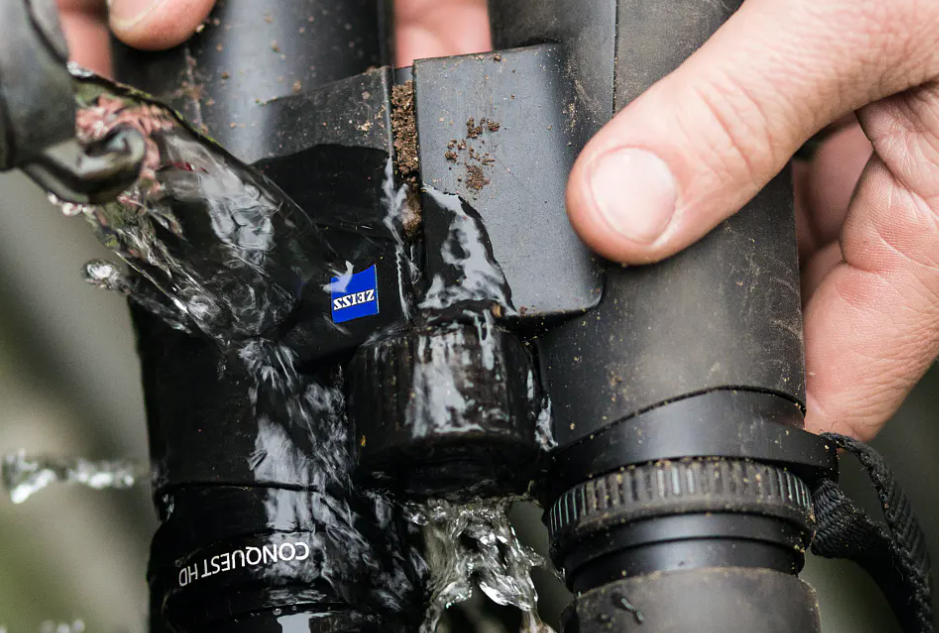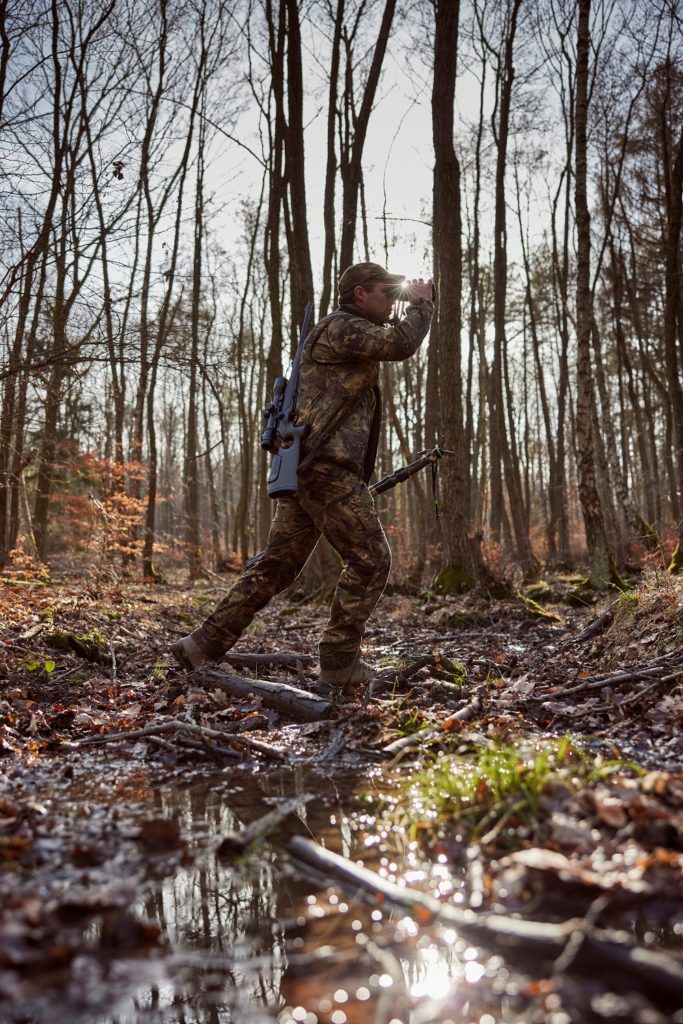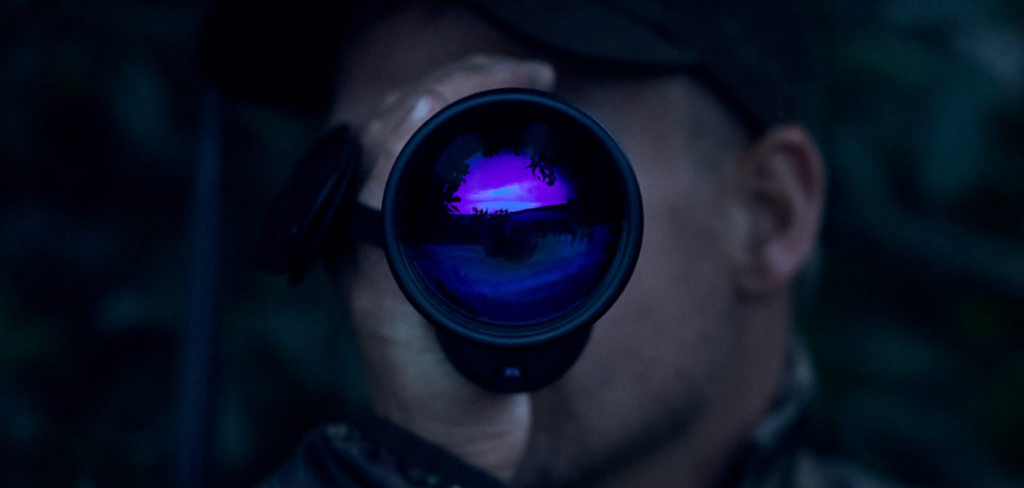ZEISS Helps Hunters See Better in the Twighlight
On the occasion of the company’s 175th anniversary, ZEISS is offering an exciting look back and forward in a series of articles on the company’s history and its influence on the development of innovations and today’s technologies in the fields of hunting and nature observation.
Over the course of its 175-year history, ZEISS has developed many significant optical technologies that have been adapted for hunting and continue to play an essential role in game observation and ethical hunting. For example, binoculars and riflescopes from ZEISS are regarded as the brightest on the market worldwide.
Due to the increasing use of nature by walkers, dog lovers, joggers, horseback riders, mushroom and berry pickers, game in many hunting grounds is predominantly active during the twilight and night hours, which has shifted hunting activity into the darkness. This is where the wheat is separated from the chaff in the truest sense of the word.
The brightest riflescopes and binoculars from ZEISS – ZEISS Victory HT – feature SCHOTT HT glass for a visible increase in light transmission and thus maximum nighttime usability. Chemist and glass expert Otto Schott, among others, laid the groundwork for this when he succeeded in producing glass with novel optical properties (as we previously covered in part 3 of this series of articles).
With their light transmission of 95 percent and more, Victory HT lenses still offer sufficient light reserves for observation, target identification, and aiming, even deep into twilight. The world’s finest illuminated dot in the second focal plane does the rest – it can be dimmed down so far that it is only just barely perceptible and is an incredible aid for quick target acquisition. On top of that, it also features minimal subtension the body of the game.

Standard Glas 
SCHOTT Glas
Another significant advantage for twilight and night hunting is the “T* coating“ – the most important coating when it comes to the brightness of hunting optics. This special multilayered coating on all glass-air surfaces takes into account the increased blue sensitivity of the eye and thus optimizes the light yield in deep twilight. In hunting practice, this translates into sharp, high-contrast images and thus more visible details that are valuable for target identification. In addition, the coating serves as an effective, hard “protective coating” for the somewhat sensitive, optical lenses.
On the outer objective and eyepiece lenses of many ZEISS models, a further protective coating is now vapor-deposited onto the T* coating to create an extremely smooth surface: the LotuTec® coating. It ensures that water beads off without leaving any residue behind and that dirt and fingerprints do not adhere to the surface – for clear visibility, even in foul weather. Rain, snow, and splashes of mud can thus be easily wiped off during harsh hunting conditions – for example, during nighttime stalking.


When even the brightest conventional binoculars reach their limits, night vision devices come into play. These electronic “residual light amplifiers” first convert the available (low) ambient light into electrical energy, amplify it, and convert it back into light visible to humans. In the process, the light energy is amplified more than 20,000 times, making excellent wildlife viewing possible even under a new moon and pure starlight. With the ZEISS Night Vision 5.6×60 N, ZEISS introduced a state-of-the-art night vision device in 1993. This was replaced by the ZEISS Victory NV 5.6×62 T* in 2003. The high-tech optics with one of the most powerful generation 2+ tubes fulfills all of the requirements to be able to accurately identify targets at long distances at night.

In the next part of our series, we will focus on thermal imaging – where ZEISS combines its camera and lens expertise that has grown tremendously over the years with night hunting technologies.